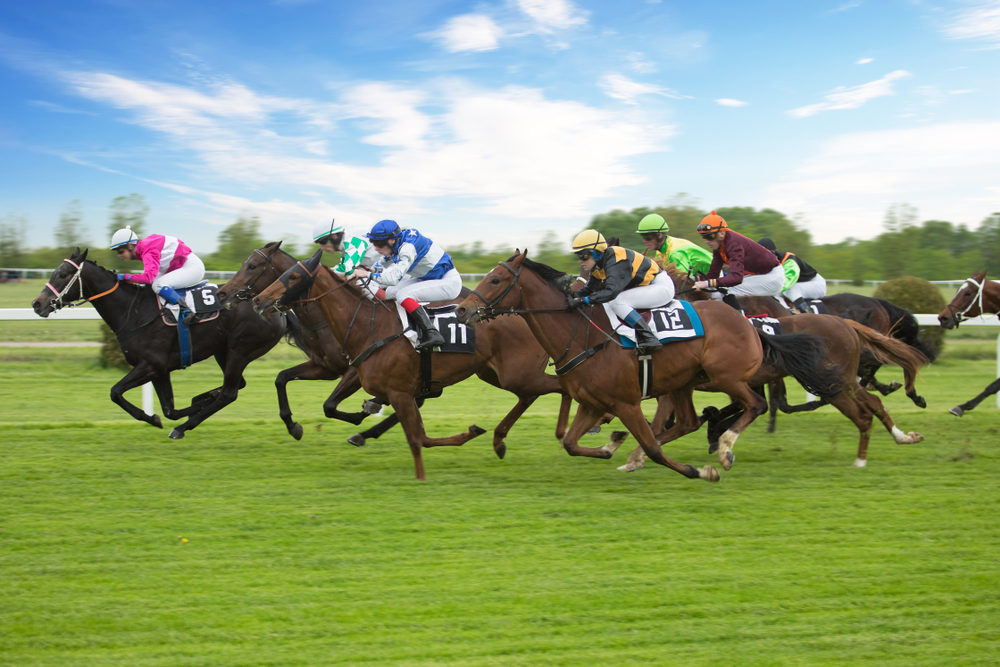Sepak Takraw is a popular Southeast Asian team-based game. It is also widely known as kick volleyball, and as the name implies, it is similar to volleyball; since kicking is involved, it is also comparable to soccer.
Besides other differences, the major difference lies in the ball used for Sepak Takraw. The sport is played with a rattan ball, which is smaller in size than that of volleyball.
The name of the sport is a combination of two words from two languages; Sepak comes from Malay and means “to kick,” and Takraw comes from the Thai language and means a woven or plaited rattan ball. Hence Sepak Takraw can be interpreted as kicking a rattan ball.
Here is a brief account of the history, game evolution, and other relevant aspects of Sepak Takraw.
Sepak Takraw History
While the exact history of the origin of Sepak Takraw is not known, it can be traced back to around 500 years ago. It was played in the royal court in Malaysia in the 15th century. Around the next century, the game’s popularity spread to Indonesia, where it was also referred to as Sepak Raga.
The sport was believed to have evolved from Cuju, a traditional Chinese game. FIFA recognises Cuju as the earliest version of modern-day football. Cuju was originally a kind of military exercise in China. Soldiers would kick a leather ball between each other while trying to keep the ball airborne for as long as possible.
The ball was stuffed with feathers, and as the sport evolved, an air-filled ball with a two-layered exterior was introduced as a replacement.
Sepak Takraw Rules
As suggested earlier, Sepak Takraw is similar to football and volleyball. Two teams with two to four players play with a rattan or synthetic plastic ball on a court similar to a badminton court. Players can use their heads, shoulders, knees, feet, and chests to toss the ball across the net. The use of the net makes the sport similar to volleyball, while the use of limbs makes it comparable to football.
Initially, Sepak Takraw was only played as a recreational sport, and no formal competitions were held. In the 1900s, the net version of Sepak Takraw had become common around Southeast Asia. Soon formal rules and guidelines were formed for the game around 1940.
In May 1945, the first official contest for Sepak Takraw was organised in Penang at a swim club. Most teams from various Penang villages took part in the competition. The game was referred to as Sepak Raga Jaring during that period. With time, the sport spread across the region, and by the 1950s, it was being played in almost every school in Southeast Asia.
The Sepak Raga Federation was established in Malaysia in 1960 in Penang. In 1965, the game was inducted into the Southeast Asian Peninsular Games, and its name was changed to Sepak Takraw. The name change was followed by the formulation of the ASTAF (Asian Sepak Takraw Federation) in the same year. The federation was established as a governing committee for the game, and in 1992, the federation was established as Sepak Takraw’s governing body for the world.
Sepak Takraw Events
In the 1970 Asian Games, Thai and Malaysian teams played Sepak Takraw as an exhibition match. It was not until 1990 that the sport was inducted as a formal medal sport in the Asian Games. The Asian Sepak Takraw Federation played a significant part in getting the sport inducted into the event.
The King’s Cup Sepak Takraw World Championship was held in 1985 in Thailand. The event instantly gained the status of the most prestigious international event for the game. The King’s Cup is now held in Thailand annually.
In 2011, Malaysia held the International Sepak Takraw Federation World Cup for the first time. The event was held for men’s and women’s teams. The second cup of the series was not held until 2017, and the third is in 2022.
Today Sepak Takraw is a regular part of the Southeast Asian and Asian Games and Thailand has won the most medals in the game.
What Countries Play Sepak Takraw?
Although Sepak Takraw originated in Southeast Asia and was mostly popular in that region, mainly Thailand, Indonesia and Malaysia, it is now played in other countries in the region as well. These include Korea, Japan, Cambodia, the Philippines, Brunei, Pakistan, and India.
Sepak Takraw’s popularity has also reached Europe and some American countries, including the US and Canada. In Canada, The immigrant members of the Lao community introduced the game in the 1970s, and today it is a popular sport in the country. In the US, Los Angeles has a Sepak Takraw Community, which has taken it upon itself to promote the sport in the country.
How Does The Sepak Takraw Sport Compare To The Version Soldiers Would Practice In The Chinese Military?
Sepak Takraw, a sport prevalent in Southeast Asia, shares roots with the ancient Chinese game of Cuju, which dates back to the Han dynasty (3rd–2nd century BC). Cuju, an exercise initially practised by Chinese military, involved keeping a leather ball filled with feathers airborne by kicking it back and forth. This game later evolved to include kicking a ball through an opening into a net, without using hands. Cuju was not only a military exercise but also a form of entertainment in wealthy cities and among the upper classes, becoming popular in royal courts during the Han dynasty. The game’s rules were standardised and played in a specialised court with crescent-shaped goal posts.
Comparatively, Sepak Takraw has morphed into a more structured sport, resembling native games like Sepak Raga in Brunei, Indonesia, Malaysia, and Singapore, among others. The transformation of Cuju into modern Sepak Takraw involved changes like replacing the feather-stuffed ball with an air-filled one and adopting more defined rules and team structures. While Cuju was primarily a military exercise and later a courtly entertainment, Sepak Takraw has evolved into a competitive team sport with formalized rules and international tournaments.





